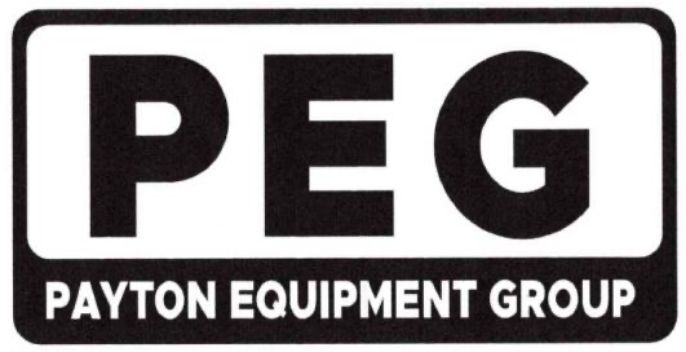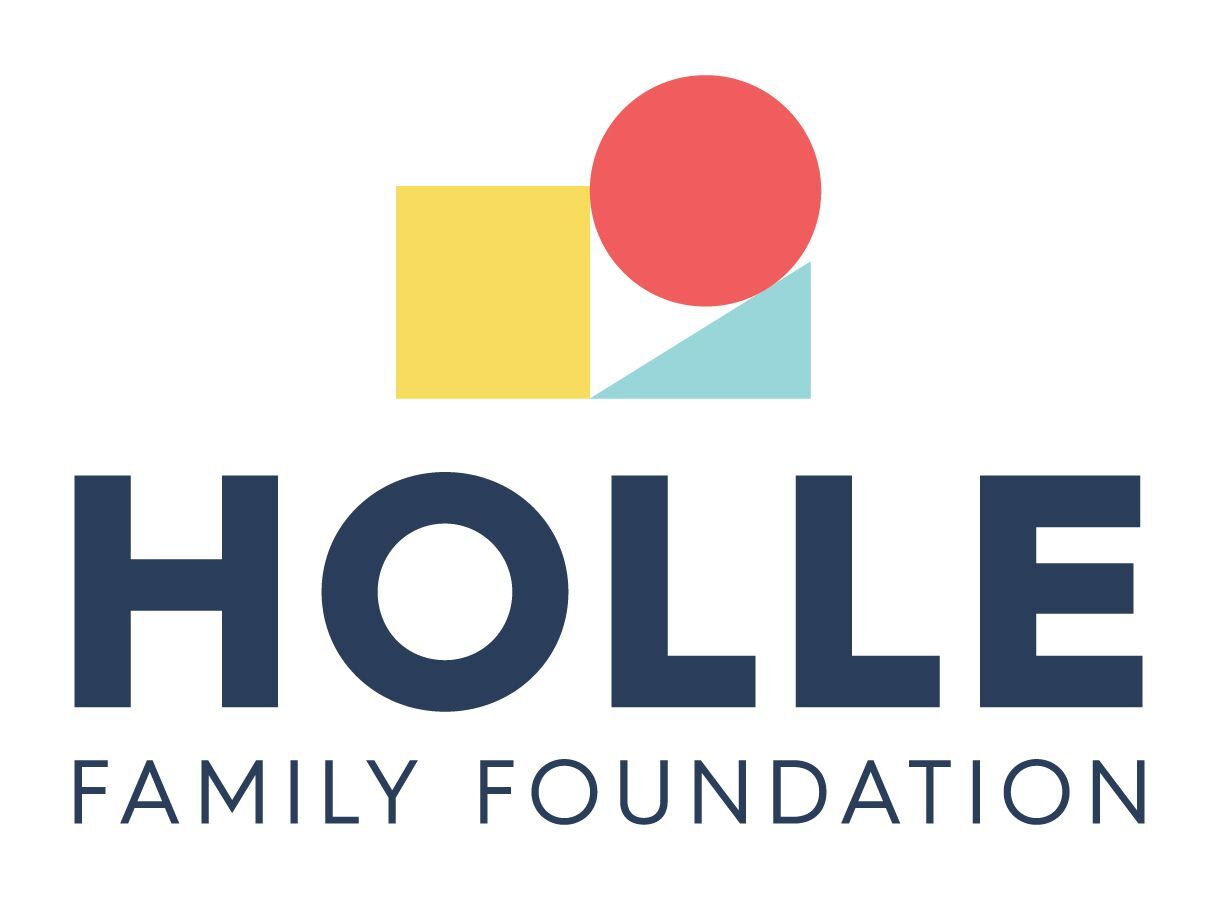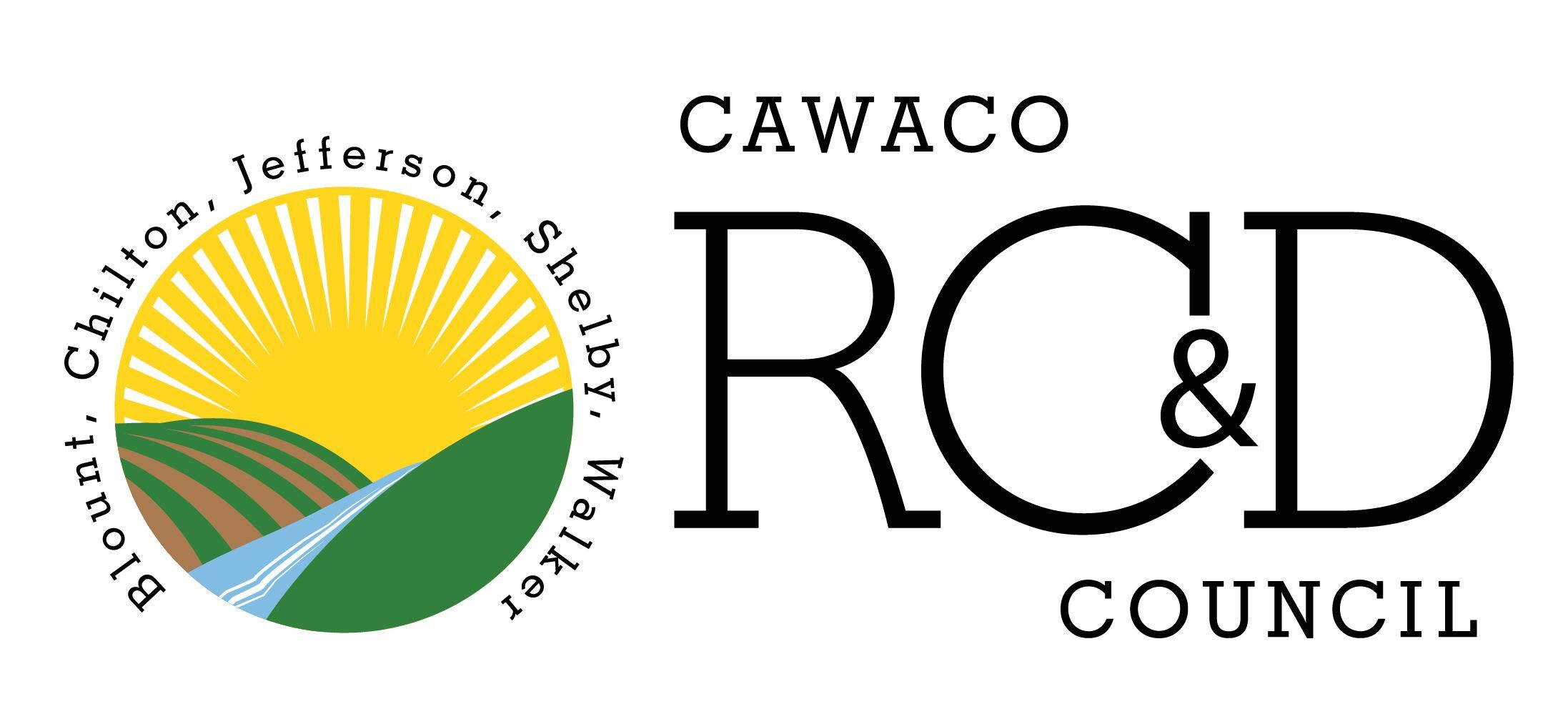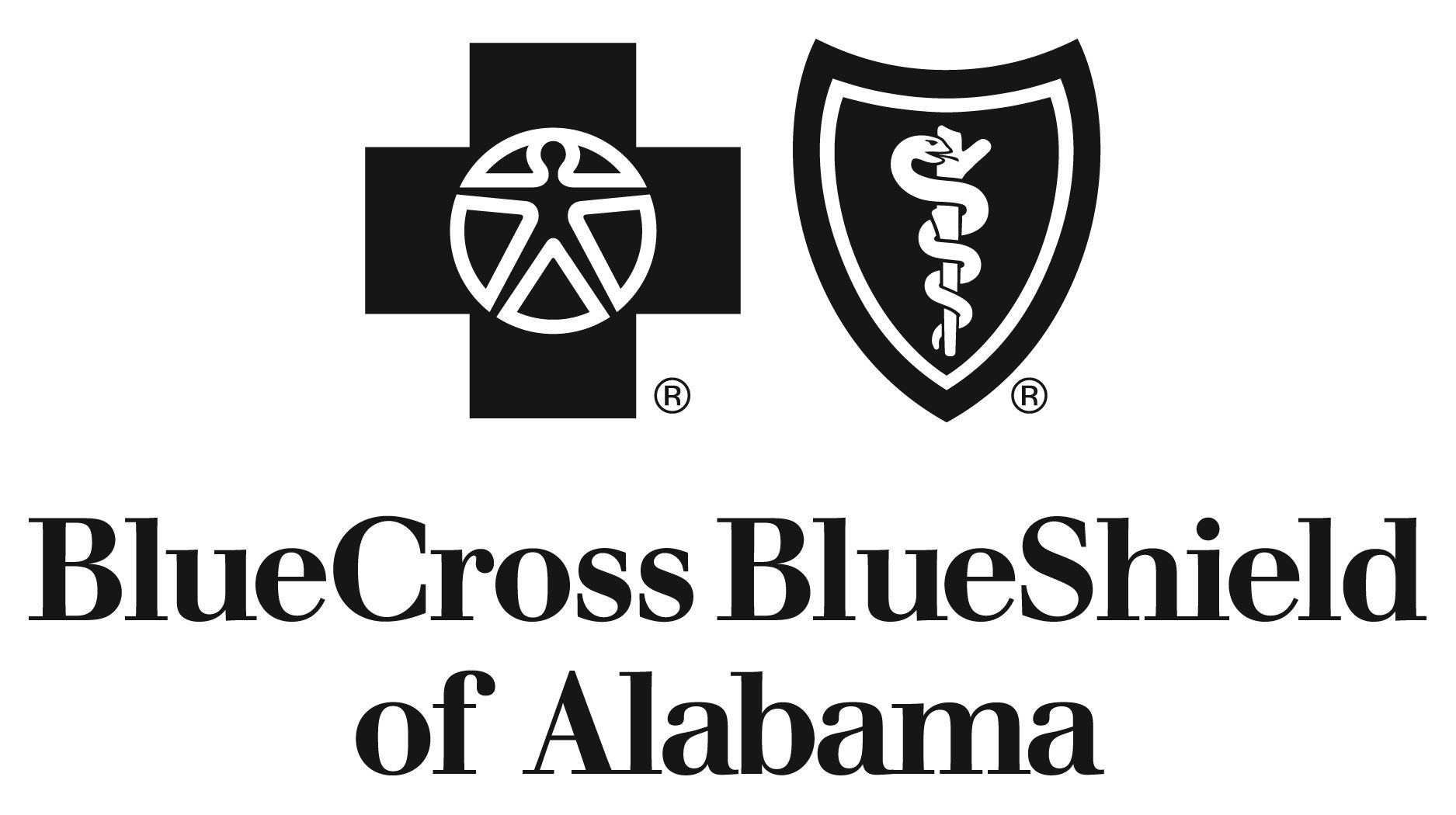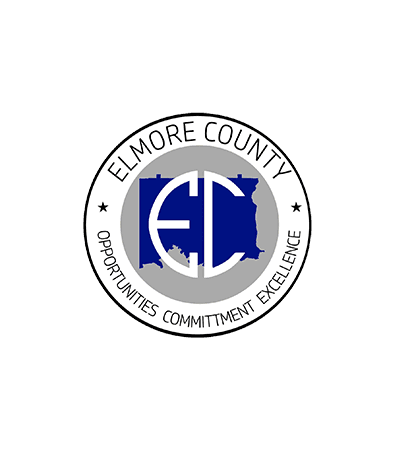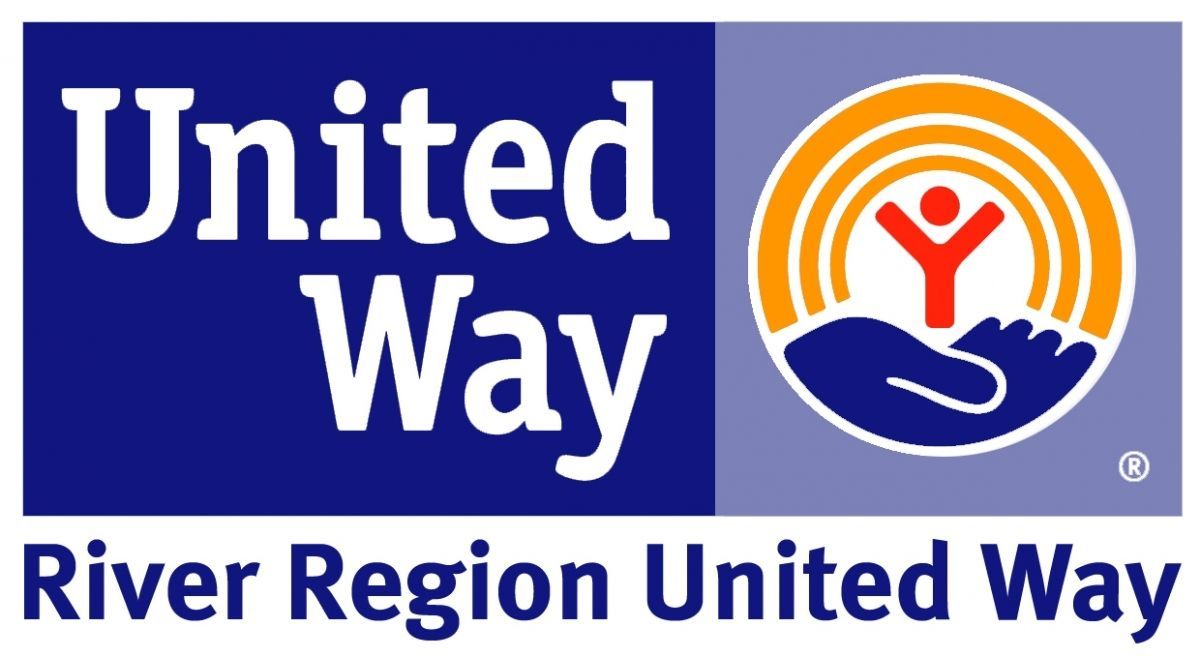In most cases, children who are abused or neglected suffer greater emotional than physical damage. Recognizing the importance of early trauma to future development is crucial to assisting the victim. Not all abused or neglected children will experience long-term consequences. The outcomes of individual cases are influenced by a variety of factors that include:
- Age and development status when the abuse took place
- The type of abuse (physical, emotional, sexual, etc.)
- Regularity and duration of the abuse
- The child’s relationship with the abuser
Physical Effects
- Can be minor (bruises or cuts) or severe (broken bones, hemorrhage)
- Important regions of the brain fail to form or grow properly
- Lifelong physical health problems
- Shaken Baby Syndrome (blindness, learning disabilities, mental retardation, cerebral palsy)
Psychological Effects
Immediate Effects:
- Isolation
- Fear
- Inability to trust
Lifelong Consequences:
- Low self-esteem
- Depression
- Relationship difficulties
Behavioral Effects
Studies have found abused or neglected children to be at least 25 percent more likely to experience problems in adolescence, including:
- Delinquency
- Teen pregnancy
- Low Academic Achievement
- Drug Use
- Mental Health Problems
Societal Effects
Direct Costs:
- Maintaining a child welfare system
- Expenditures by the judicial, law enforcement, health, and mental health systems
Indirect Costs:
- Costs associated with juvenile and adult criminal activity
- Mental illness
- Substance Abuse
- Domestic Violence
- Loss of productivity due to unemployment and underemployment
More Information:
- Long-Term Consequences of Child Abuse and Neglect
- U.S. Department of Health & Human Services: Child Welfare
















